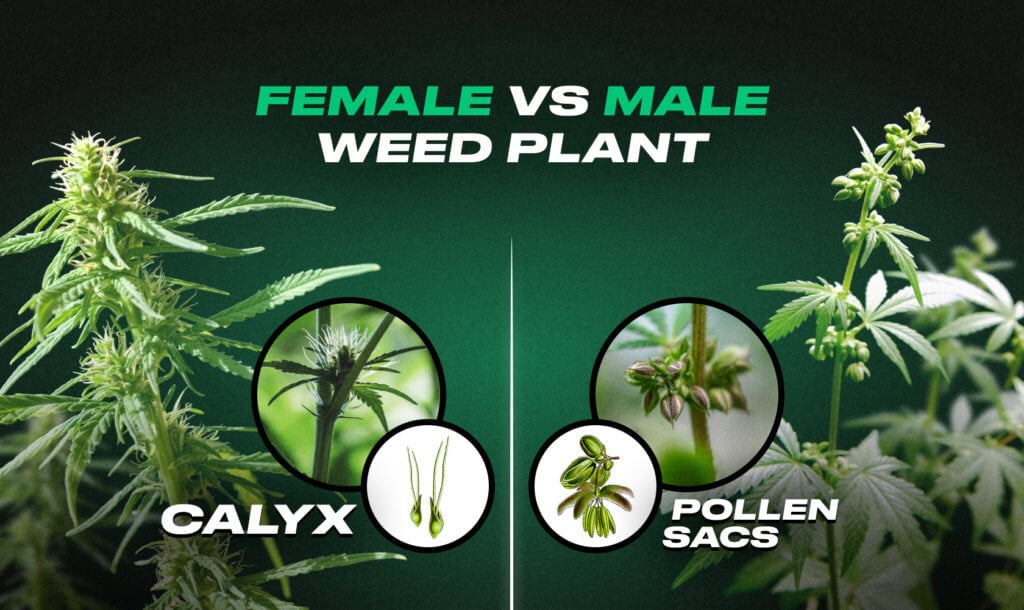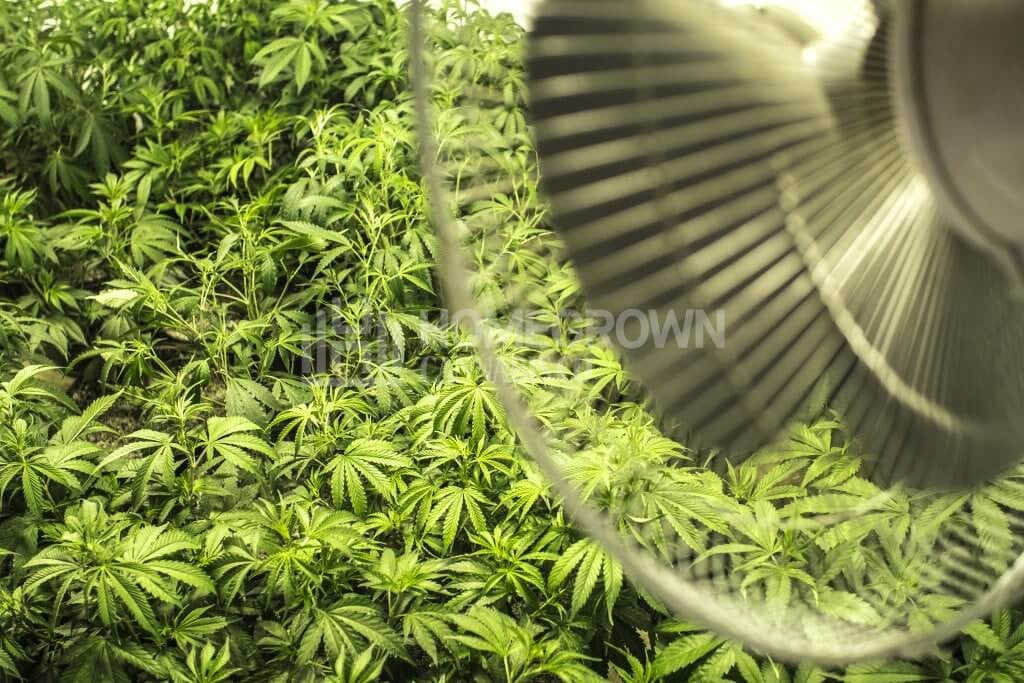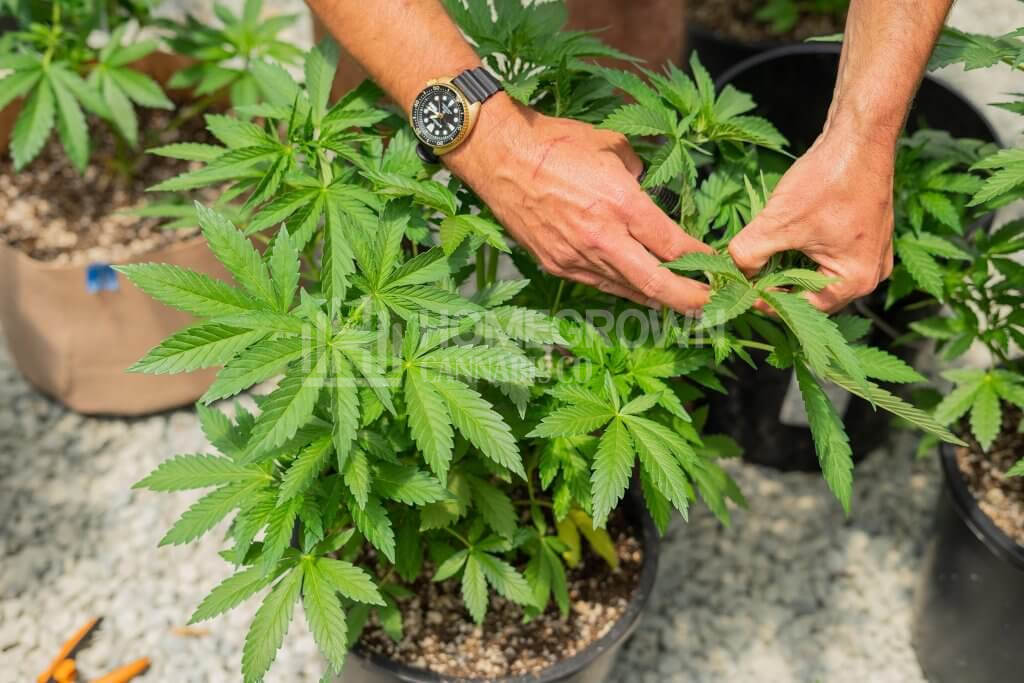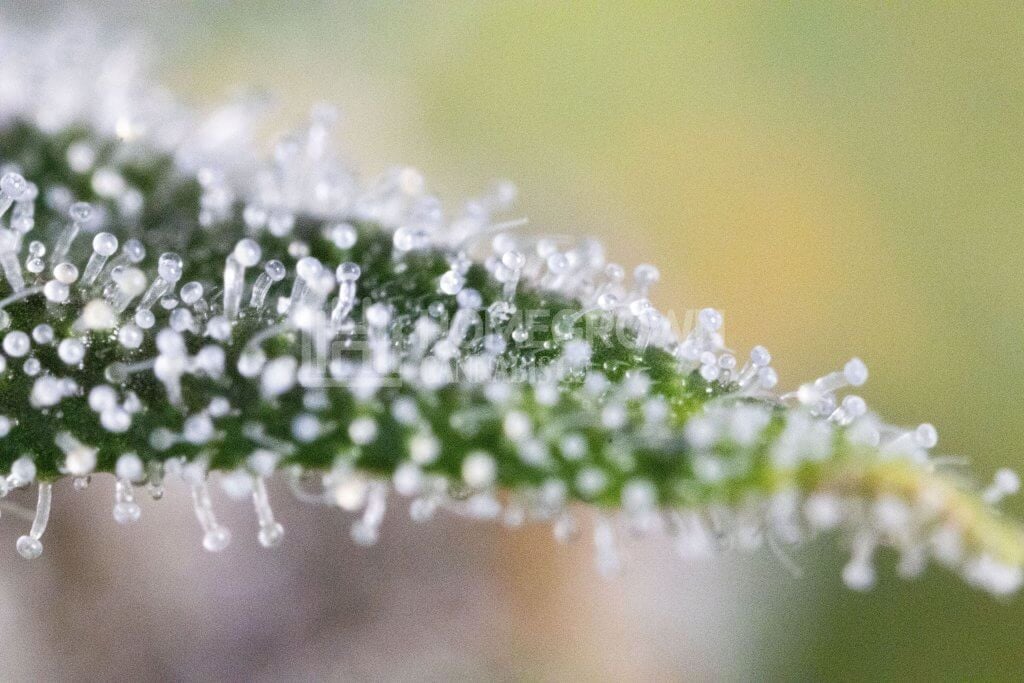Marijuana Growing Tips & Tricks For Beginners
If you’re starting your cultivation journey, we’ve got you covered with the top ten marijuana growing tips. Experience the challenging yet rewarding process of cultivating top-tier marijuana crops with our expert guidance.
For a plentiful harvest, pick the right strain, give it a nice place to grow, feed and water it regularly. By following our tips and tricks, you can become a pro at growing weed and receive abundantly juicy buds.
Keep reading to turn into a marijuana cultivation guru.
10 marijuana growing tips
1. Pick the right strain
Choosing a strain that best pairs with your growing style, environment, and wants is among the top marijuana growing tips.
If you have a small grow tent, choose a strain that stays short. If you’re in an area with high humidity, choose one with some mold resistance.
Every variety has unique growth requirements, so select a strain that’s simple to nurture and can survive beginner errors.
To simplify the process, we’ve compiled a list of the top five strains for beginners:
- White Widow is a classic strain that’s been around for decades. It’s resistant to pests and diseases, making it ideal for new growers. With a flowering duration of only 8–10 weeks, you won’t have to wait long for your harvest.
- AK-47 is a strain well-known for its flexibility and resilience. It’s ideal for growers facing environmental obstacles. It flowers in 8–10 weeks and yields rich, aromatic buds.
- Northern Lights is the strain for you if you want a peaceful high, easy-to-grow crop. It thrives in flexible environments and flowers in 6–8 weeks. It’s low-maintenance and yields massive, sticky buds ideal for making extracts.
- CBD Harlequin Kimbo Kush (1:2) is a fantastic choice for individuals seeking a wellness strain. With high CBD and low THC levels, it’s ideal for users who want therapeutic benefits without the psychoactive effects.
- Blue Dream is a balanced strain famous for its well-rounded effects. Enjoy a bounty of relaxing buds after an 8–10 week flowering cycle.
2. Pay attention to the soil
Soil is the foundation of your plant’s growth, and choosing the right option is crucial. Look for a substrate rich in nutrients, with a good balance of nitrogen, phosphorus, and potassium (NPK).

Choose soil that properly aerates the roots while providing enough moisture. It should be loose and crumbly so water can penetrate it easily. The substrate needs good drainage to prevent water from getting trapped around the roots, leading to bud rot.
Adding perlite to your dirt mix also helps with drainage. Add organic matter to your soil, like worm castings or compost, to introduce beneficial microbes and nutrients to your marijuana plants.
3. Growing from seeds is better than clones
When cultivating cannabis, there are several factors to consider for a bountiful yield, including whether to grow from seeds or clones.
Although clones may be more accessible, starting from seeds offers several advantages. Cannabis seeds are generally more robust and adaptable, allowing them to withstand environmental changes and other stresses more efficiently.
Growing from seeds also allows for more strain selection, providing better diversity and experimentation.
Successfully growing crops from seeds requires expertise and attention to detail. Essential tips for growing cannabis include using high-quality products, proper germination, and maintaining optimal growing conditions.
With the proper techniques, growing from seeds gives you stronger, healthier marijuana plants and a more productive harvest.
4. Sex and type of cannabis seeds
There are three primary types of cannabis seeds. They also come in two different sexes, male and female, but sometimes you can get a fusion of both. These plants are called hermaphrodites.
Regular cannabis seeds come from the union of a male and female plant. They typically have close to a 50/50 ratio of producing both sexes in the offspring.
These seeds are more vigorous and resistant to stress than feminized ones. It takes extra time to identify and remove males if your intent is to produce smokable buds without seeds. Regular types are ideal if you want to breed and experiment with new strains.

Feminized marijuana seeds produce 99% female-only marijuana plants. They can also contain autoflowering genetics, but they’re a separate genetic line. Autos won’t spontaneously appear in feminized seeds.
An essential tip on growing cannabis is to choose feminized seeds if you’re only interested in consuming the buds and don’t want to breed.
If only female plants are present, it removes the risk of pollination. It’s still possible to put any female cannabis plant under specific conditions, causing enough stress to make them hermaphrodite.
Whether you do this purposely or inadvertently, it’ll cause the female plants to produce pollen and potentially pollinate your crop.
Growing autoflowers is suitable for beginners, as they usually require less maintenance than photoperiods. They switch automatically from vegging to flowering based on age rather than the light cycle. Ensure they’re always stress-free, as they don’t have time to recover from errors.
Apart from the growing categories, there are three main cannabis strains: indica, sativa, and hybrid.
Indica plants are known for their relaxing effects, while sativas are typically more energizing. Hybrid strains are a combination of both, offering balanced sensations. They’re an excellent choice for beginners as they possess the best qualities of both genotypes.
5. Take care of the proper lighting
Whether growing cannabis indoors or outside, providing your plants with the right light for each growing stage is crucial. Sunlight produces the best results.
Growers try to mimic natural sunlight with different types of grow lamps. LEDs (light-emitting diodes) are one of the best choices for indoor growers thanks to current technological advancements.
Even if you’re growing in greenhouses with sunlight, LEDs can be beneficial to enhance the natural conditions.
Use full-spectrum LED grow lamps that balance blue and red wavelengths for the best results.

The amount of light cannabis plants need varies between stages. In the vegetative phase, your crops should receive at least 18 hours of illumination daily. During flowering, reduce the cycle to 12 hours of light and 12 hours of darkness.
Blue light (400–500 nm) increases foliage growth during vegetation. Red light (600–700 nm) increases bud development throughout flowering.
Pay attention to the distance between the lamps and your plants, which will depend on the type of light and intensity. To test this, hold your hand palm down near the canopy. If the light feels hot on the skin of the back of your hand, it’s likely too close.
With these growing cannabis tips in mind, giving your plants the proper lighting to thrive is easier.
6. Watering and feeding: More doesn’t mean better
When growing cannabis, one of the most important things to remember is proper watering and feeding. It’s also crucial to remember that more doesn’t always mean better.
Over-watering can lead to root rot, but too little can cause stress and nutrient deficiencies. Finding the right balance and giving your plants the needed hydration depends on their size and environment.
Too much nutrition can also be harmful to cannabis plants. While providing the necessary minerals is essential, overfeeding can cause nutrient burn and other issues.

Follow a feeding schedule and only use the recommended nutrient quantities. Pay attention to your plant’s growth and adjust accordingly. Keep these tips on growing cannabis in mind to ensure healthy, thriving crops.
7. Maintain the right temperature and humidity
Temperature and humidity are essential factors for promoting healthy cannabis plants.

The ideal temperature range is typically 68–77°F during the day. Nighttime levels should ideally remain at 62–71°F. The recommended humidity levels for optimal results are 40–60% during vegetation and 40–50% during the flowering stage.
Maintaining the appropriate temperature and humidity levels ensures the plants develop correctly, promoting excellent yields and high-quality buds.
8. Don’t forget about the ventilation
Proper air flow within the grow space is essential as it helps prevent microclimates where mold can form.
Air exchange is also crucial; cannabis plants require a constant supply of carbon dioxide. You’ll need to source this from a CO₂ burner or tanks if you’re running a sealed grow room.
Having an intake and extractor fan is vital to exchange the room air properly.
Cannabis crops that suffer from poor air circulation and high humidity levels run an increased risk of mold and mildew.
These problems ultimately lead to decreased yields, poor quality buds, and an increased cost of growing weed. Install a proper ventilation system and oscillating fans to prevent potential problems.

9. Prune your weed plant properly
One of the best tips for growing cannabis is to prune your crops by trimming or cutting away unnecessary foliage. It involves removing dead or yellowing leaves, overgrown branches, or buds not getting enough light.
Pruning helps the plant focus its energy on the healthy parts, leading to bigger buds and a more abundant harvest. There are several techniques to use, depending on your goals and the growth stage of your plant:
- Topping involves removing the growth tip of the main stem to create two new branches. Ensure you leave the nodes below intact.
- Fimming is where you cut off the upper half of new growth to stimulate the plant’s development hormones.
- Lollipopping is a popular method that removes lower branches and leaves to focus the plant’s energy on the upper buds.
Regardless of the technique, always prune with clean, sharp tools. Work in a sterile environment to avoid damaging the plant or introducing pests and diseases.
With proper maintenance, your weed plant can produce higher-quality flowers, a better terpene profile, and more potent buds.

10. Keep your eyes on the trichomes
Trichomes, the crystals on cannabis leaves and buds, look like little mushrooms under a microscope. They produce the cannabinoids THC (tetrahydrocannabinol) and CBD (cannabidiol).
Keep your eyes on the trichomes to know when to harvest. Over-ripe buds can be detrimental to the quality of the final product and lead to lost potency and flavor. They will start as clear, harvest once most are cloudy, and start turning amber.

Become a successful marijuana grower
Anyone can become a successful marijuana grower with the right approach. It’s a fun experience to cultivate a plant, watch it flourish and mature, and reap the rewards of your efforts.
Follow our marijuana growing tips to cultivate like a pro. Remember to choose the optimal environment, understand the importance of lighting, pruning, nutrition, water, temperature, and humidity, and select the right marijuana seeds.
